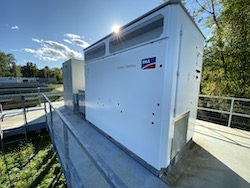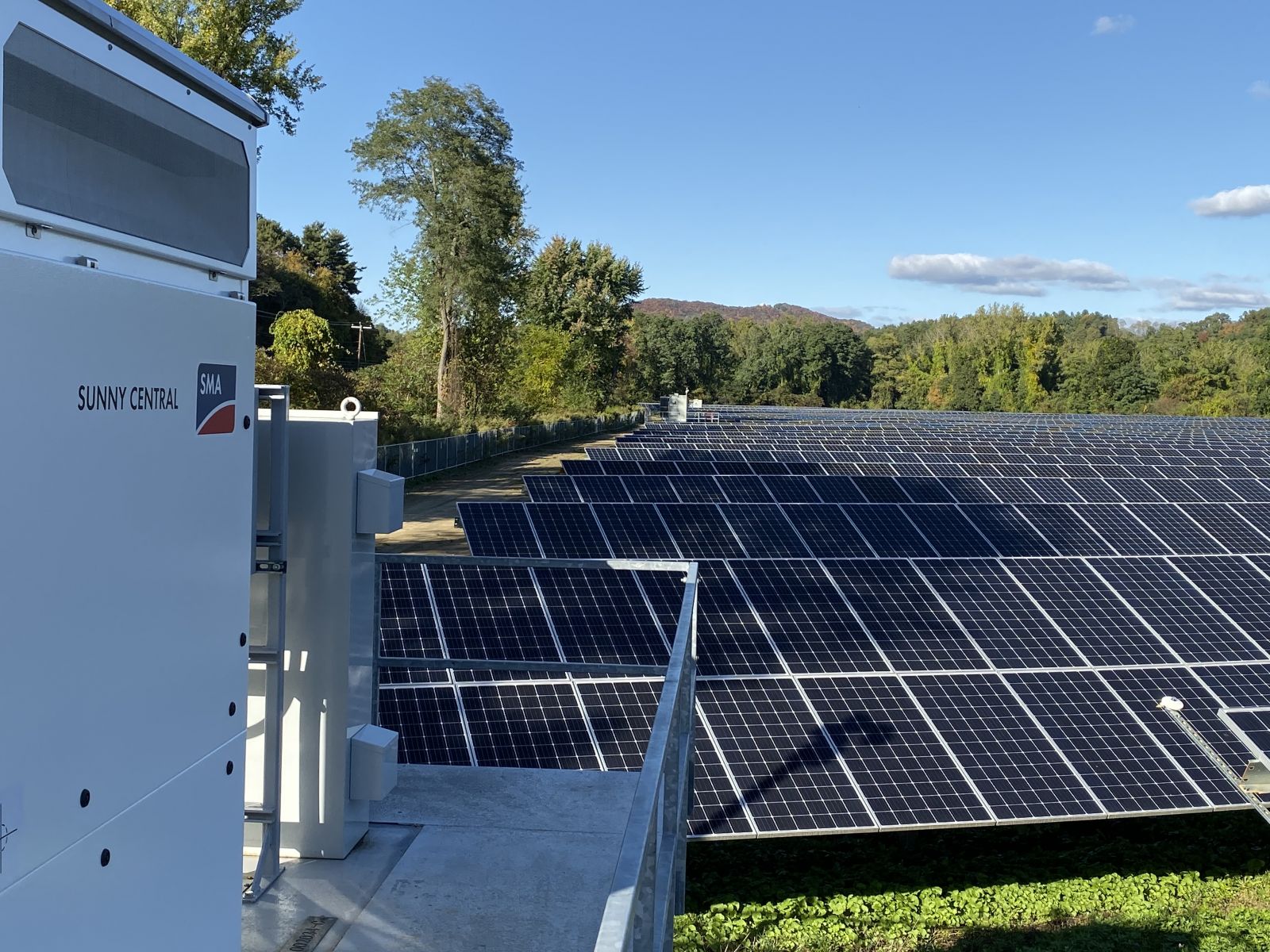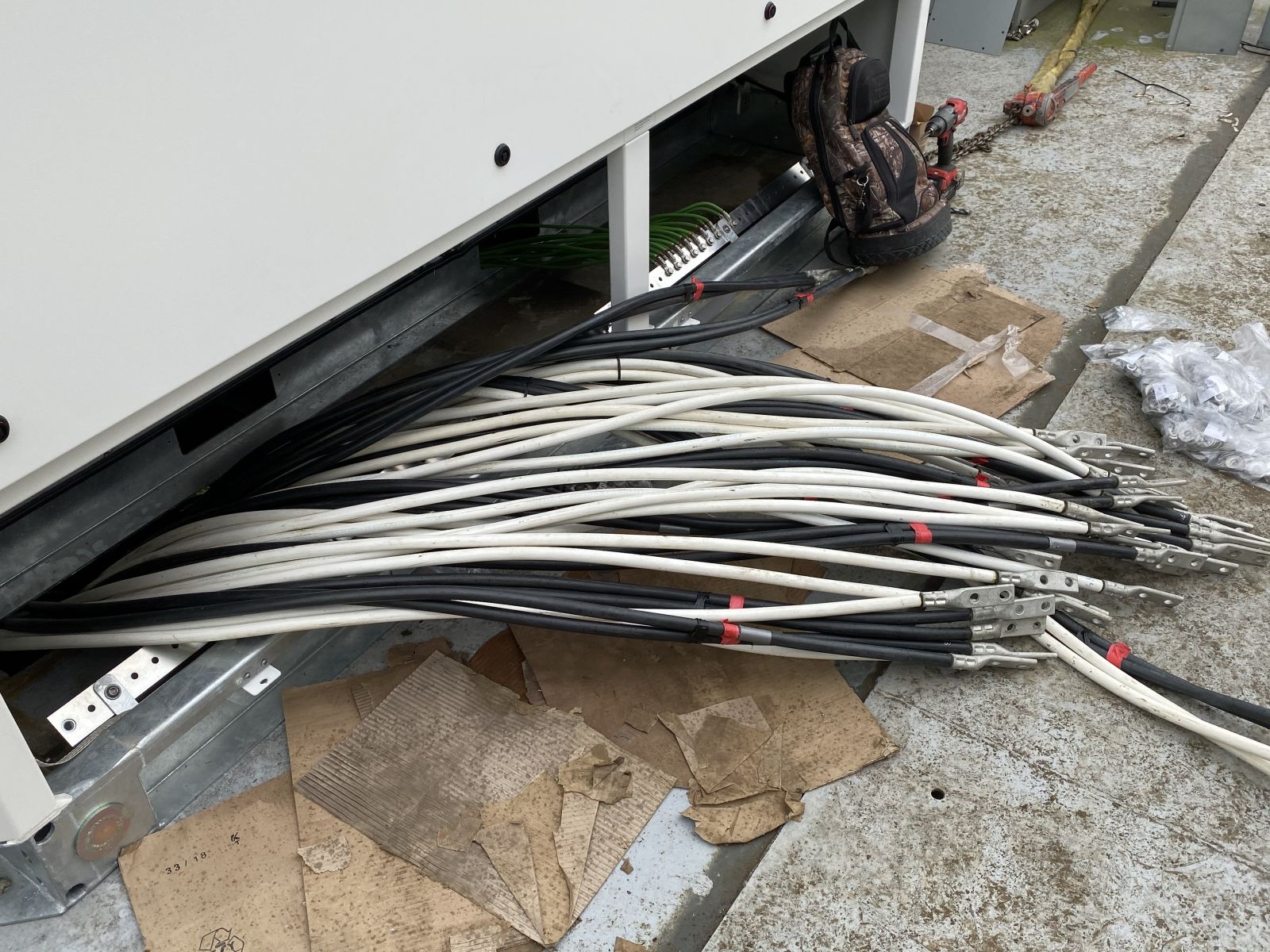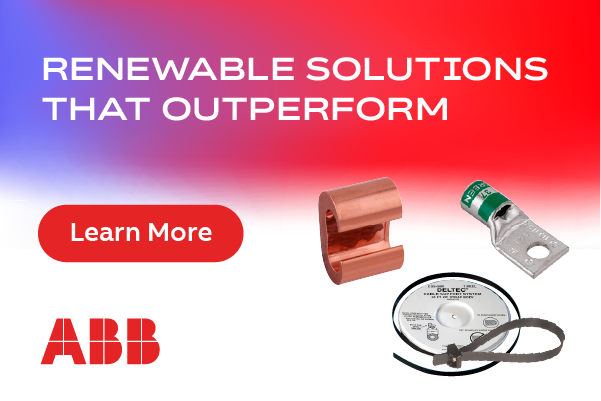5 Signs It's Time to Repower
Purchasing a central inverter can feel a bit like buying a new truck-it's a purchase that you expect should last a long time, even while being subjected to demanding situations and conditions. With a truck, as long as you do the preventive maintenance and repair any issues as they arise, the truck should run well. Plus, the truck has been mass-produced, so spare parts are readily available. In the worst-case scenario, the manufacturer may go out of business. Even then, spare parts would be still be available from third parties. Essentially, there's very little to worry about.
In the solar industry, things work a bit differently.
A central inverter has only been built a couple hundred times, so maybe only thousands are deployed in the field. Central inverters are mostly hand-built, ideally with some mechanical support (meaning little or no mass production is involved), and supply chain conditions might have dictated using slightly different parts in the same inverter model when demand was high. This dynamic can make servicing or replacing parts a nuanced approach.
Due to the nature of the solar manufacturing, it's vital to understand when it's time to repower. Here are five examples of prime opportunities to protect your investment and optimize performance.
1. Every time an expensive component fails in the inverter, check the availability of that device over the last year. When the inverter availability is around 96 percent or less, check the costs of replacing that unit against a new one. For revenue calculations, the avoided repair costs can be calculated against your investment. When the inverter availability hits 94 percent, investigate the plant to try to determine the root cause of the poor availability. What component is running inefficiently? Is it the modules, the inverter, or something else?
2. When the time to supply a standard spare part hits six months or longer, it means the issue needs attention. This isn't just about a special DC-busbar. It's about the power stacks, the DC contactor, and the AC breaker. It's about all the main components that keep your inverter running. If a customer insists on sending a central inverter for repair in Europe, when it came from South America, they'll be looking at a turnaround time of nearly a full year before the inverter will be back in operation. A new device - with likely a higher yield and a new warranty - will pay off better.
3. Considerations about a new warranty make service hyper-relevant. A new warranty isn't worth very much if service isn't there to support customers when the unit fails. Having it take one week for service teams to reach a site might not be a major issue if it happens occasionally, but if an inverter is failing twice a month, that transit time quickly becomes a big problem. Dealing with a one-week lead-time twice in the same month to bring the unit back to life means that unit has an availability of only 50 percent. That's exactly why inverters, just two years into their five-year warranty, have been replaced with new inverters from other manufacturers.
4. A more interesting reason to investigate repowering is to obtain a higher yield. Some older products have efficiencies that fall below actual product capabilities. It's worth doing a technical deep dive on your as-built drawings; if the repowering does not require massive equipment changes, it can be an interesting opportunity-and a productive one if it results in higher efficiency.
5. Adding additional functionalities like storage or grid support can generate additional income. This is a point that utilities are starting to consider. As this functionality is better understood and support of the grid is valued, this will become a bigger opportunity.

If any of the above opportunities to protect your investment and optimize performance apply to you, it's a good sign that you should at least be thinking about repowering.
Thorsten Hoefer is Product Manager, Repowering, at SMA America, a worldwide company that provides plant-wide O&M services for commercial, utility, and storage systems.
SMA America | www.sma-america.com
Author: Thorsten Hoefer
Volume: 2020 March/April










